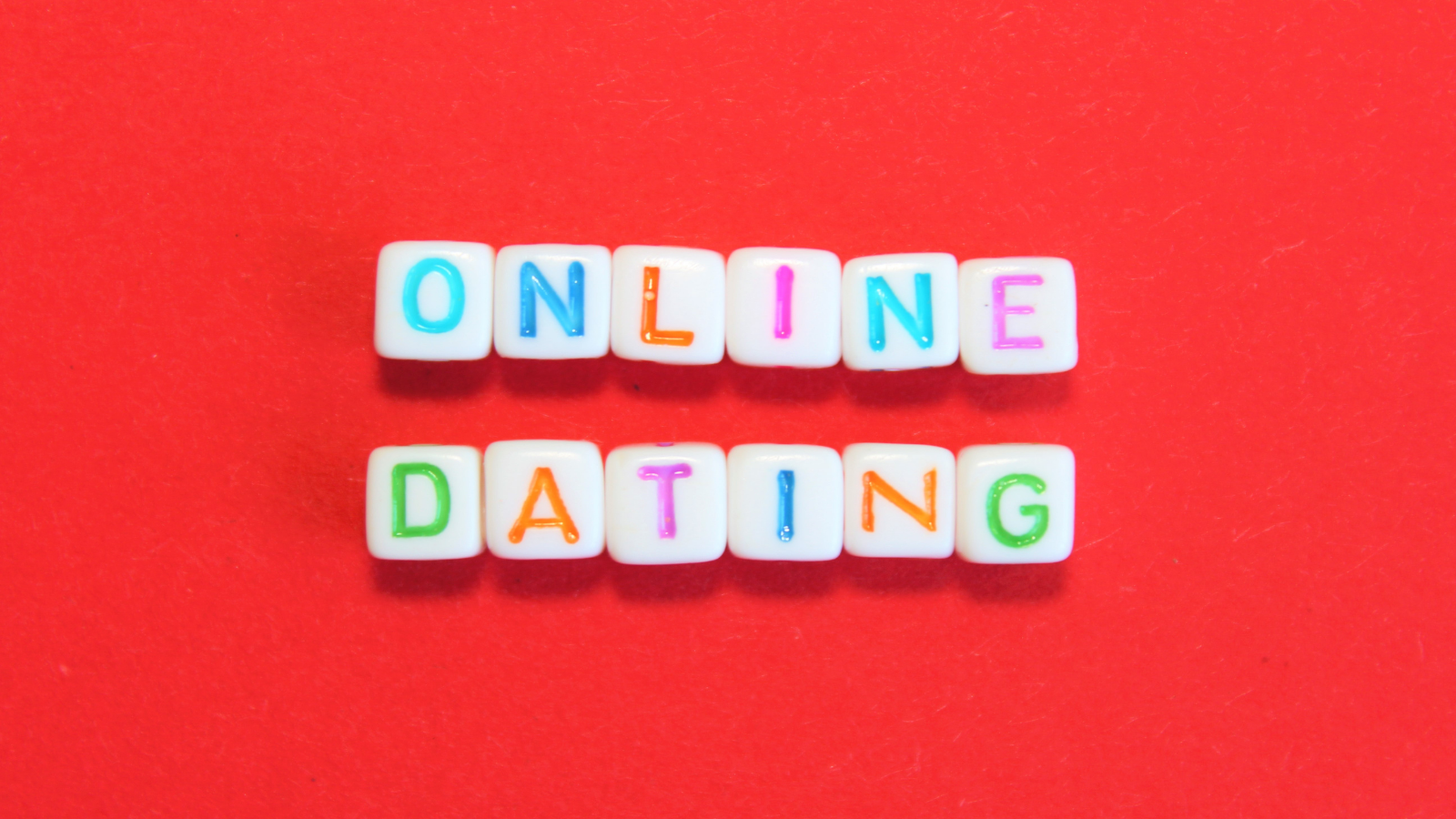The Secrets to Success with Online Dating

Over the last decade, the number of Americans who have ever used a dating app or online dating service has nearly tripled, going from just 11% in 2013 to 30% in early 2020. Given the surge in dating app downloads that occurred during the COVID-19 pandemic, it’s likely that the number today is even higher.
While online dating is on the rise, most people still haven’t tried it, and a heck of a lot of people are brand new to it! And if you don’t have much, if any, experience with online dating, it can be hard to know the best way to go about it. So how do you increase your chances of finding a potential match?
In this article, I’m going to walk you through some of the key things science has taught us about success in online dating, from setting up an attractive profile to crafting the right messages.

The Secrets to a Solid Dating Profile
One of the first things you’ll have to do when you sign up is set up your online dating profile. But what should you say in it?
Research tells us that there’s an optimal formula, often referred to as the “70:30 rule.” The idea behind this is that you can increase your likeability by devoting about 70% of your profile to talking about yourself, with the remaining 30% focused on what you’re looking for in a potential partner.
Let’s be clear: you don’t need to obsess over getting this ratio perfect. The goal is to strike a good balance, so it’s not a big deal if your proportions are a little off.
What you want to avoid is giving too little information about yourself, which may lead people to skip over you entirely. At the same time, if you talk too much about yourself, you might possibly come across as egocentric. And if you don’t talk about what you’re looking for at all, other users might simply take a pass because they don’t want to play a guessing game.
As for the finer details of your profile, research shows that likeability is higher when a profile is written in relatively simple language, uses humor, and stays grounded in reality. In other words:
- Don’t treat your profile like a vocabulary test where you’re using a lot of big words to sound smart. The easier it is to understand, the broader your dating pool is likely to be. Of course, if you’re a sapiosexual—someone who is turned on by very high intelligence—then this advice might not apply.
- It always helps to incorporate a sense of humor. Sense of humor is one of the top three traits that men and women alike look for in a romantic partner. However, when you’re thinking about how to incorporate this into your profile, it’s not enough to simply say, “I’m hilarious.” Instead, try including a witty observation or two. However, be careful in how you incorporate humor to avoid saying things that could inadvertently be interpreted as insensitive or offensive.
- Don’t stray too far from reality in how you talk about yourself. Everyone engages in some degree of impression management online by sharing selective details. But if you overexaggerate or omit some essential things, remember that the truth will eventually come out. Significant discrepancies between your online and offline looks and persona are one of the biggest factors that lead to dating demise and romance scams.

How to Choose the Perfect Photo
As part of your profile, you’ll usually have the option to select one or more photos, and including a photo can increase the odds of getting responses and matches. Many people are hesitant to respond to blank profiles because they’re concerned that the person on the other end is hiding something or is a fake profile.
So how do you choose a photo? Research suggests that images that feature the user with a slight tilt of the head showing off a genuine (but not forced) smile tend to do the best. However, this doesn’t mean you can’t use a sexy, brooding photo—but professional models can usually get away with that look a little easier than the rest of us. Of course, attire also matters and can convey a lot of information about you, so dress for success.
Additionally, try to pick a recent, clear, and representative photo of your appearance while not overly filtered. Again, you don’t want to stray too far from reality because significant discrepancies tend to become major red flags later on.
Group photos can be included in your profile if desired because they can potentially convey that you’re fun to be around. However, it’s probably not a great idea to have a group photo as your only photo because people might not necessarily know which person you are. Don’t leave them guessing! When including a group photo, it can further boost likeability if you’re the center of attention in it.

The Rules of Sending and Receiving Messages
Once you set up your profile, it probably won’t be long before you start sending and receiving messages. But what—and how much—should you say? And should you play a little “hard to get” by not responding right away when someone reaches out?
A study of Tinder users found that women tend to send longer first messages than men: 122 characters vs. 12 characters on average. Twelve characters is not a lot. It’s basically enough to say, “Hi. How are you?” Alternatively, men seem to be sending about four words, whereas women are sending about 40.
Some studies have found that longer messages have greater odds of a reply—but the effect is relatively small. So if you’re someone who typically only sends a couple of words, increasing your message length a little may give you a slight boost without requiring much extra effort on your end. However, don’t go overboard with this. There’s a chance that your efforts won’t be rewarded because not everyone reads or sees every message. Plus, some people may see overly detailed initial messages as “coming on too strong.”
Stuck on what to say? Research suggests that your best bets are probably to offer a compliment, say something humorous, or ask an open-ended question (not a yes-no question). In other words, try to make the other person laugh or feel good, or ask a question that anyone can answer that moves the conversation forward.
When you get a message from someone else, don’t worry that responding quickly will make you seem over-eager. Playing hard to get doesn’t seem to work well online—and can actually backfire. In fact, the longer a message recipient waits to reply, the lower the odds of the initiator circling back. One study that analyzed patterns in 182,000 reciprocated online messages even concluded that “there was no such thing as too quick a reply.”

Go In With the Right Mindset
While all of these steps can help set you up for success when it comes to your online dating life, it’s essential to go in with the right mindset. Just because the online dating market offers a larger pool and the opportunity to start contacting people instantaneously, this doesn’t necessarily mean that it’s an inherently superior or faster route to true love. Don’t think of online dating as a shortcut to a relationship or romantic partner.
Remember that just like offline dating, online dating has its advantages and drawbacks. Finding the right match takes time and patience. And if you have a hard time finding a match, try using some different platforms and consider having a friend help you retool your profile. Sometimes our friends know us better than we know ourselves—and having that outside perspective can help you to put your best foot forward.

References:
Anderson, M., Vogels, E. A., & Turner, E. (2020). The virtues and downsides of online dating. Pew Research Center.
Bruch, E. E., & Newman, M. E. J. (2018). Aspirational pursuit of mates in online dating markets. Science Advances, 4(8), eaap9815.
Fiore, A. T., Taylor, L. S., Zhong, X., Mendelsohn, G. A., & Cheshire, C. (2010, January). Who’s right and who writes: People, profiles, contacts, and replies in online dating. In 2010 43rd Hawaii International Conference on System Sciences (pp. 1-10).
Khan, K. S., & Chaudhry, S. (2015). An evidence-based approach to an ancient pursuit: systematic review on converting online contact into a first date. BMJ evidence-based medicine, 20(2), 48-56.
Lippa, R.A. (2007). The preferred traits of mates in a cross-national study of heterosexual and homosexual men and women: An examination of biological and cultural influences. Archives of Sexual Behavior, 36, 193-208.
Tyson, G., Perta, V. C., Haddadi, H., & Seto, M. C. (2016, August). A first look at user activity on tinder. In Proceedings of the 2016 IEEE/ACM International Conference on Advances in Social Networks Analysis and Mining (pp. 461-466).
